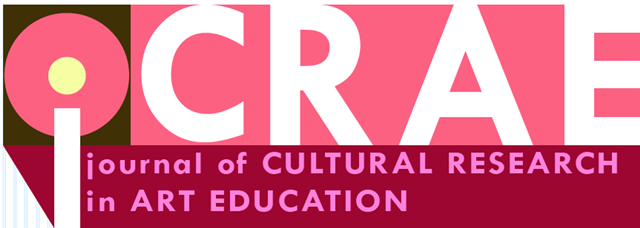Culturally Responsive Assessment in Art Classes
Assessment in the art room should amplify creativity, not narrow it. Culturally responsive assessment (CRA) recognizes that students arrive with different visual languages, traditions, and ways of showing knowledge. Rather than grading a single “right” product, CRA asks: Did the work communicate an idea with intention? Did the artist make informed choices, practice skills, and reflect on feedback? When we center those questions, we advance equity without sacrificing rigor—and we gain documentation that administrators, families, and students all understand.
Principles that keep rigor and expand access
CRA is not about lowering the bar; it is about making excellence visible in more than one form. Principles include transparency (rubrics in student language), relevance (connections to self, family, or community), process (evidence of iteration), and voice (the learner’s perspective in artist statements or captions). These principles travel across media—drawing, ceramics, printmaking, photo, digital—and work in short units or longer portfolios.
Rubrics that respect multiple ways of knowing
Build a four‑domain rubric that fits any project: Idea Development, Process & Persistence, Technique & Materials, and Reflection & Voice. Each band should include descriptors that validate diverse approaches. For example, under Idea Development: “uses symbolism from personal or community traditions,” “adapts motifs with credit to sources,” and “communicates a purposeful message to an audience.” Under Technique: include both conventional craftsmanship and culturally grounded methods such as beadwork, block printing, or textile patterning.
- 4 – Advanced: Purposeful idea with layered references; technique enhances meaning; reflection cites influences and critique feedback.
- 3 – Proficient: Clear idea linked to self or community; technique supports intent; reflection identifies strengths and next steps.
- 2 – Developing: Idea is emerging; technique inconsistent; reflection describes process but needs more evidence of decision‑making.
- 1 – Beginning: Idea and technique are unclear; needs coaching to plan, practice skills, and use feedback.
Portfolio‑based evidence that shows growth
Replace one‑and‑done grading with a short process portfolio. Students submit: (1) a photo sequence (sketch → draft → final), (2) a 100‑word artist note or 45‑second audio reflection, and (3) one feedback artifact with a revision. Portfolios capture the invisible work—risk‑taking, iteration, and problem‑solving—while giving multilingual learners flexible ways to communicate. Use a single slide template for the whole term to keep prep time low.
Student voice methods that fit busy schedules
Voice doesn’t require a full critique day. Try 60‑second micro‑reflections at cleanup: “What changed today?,” “Which influence appears?,” or “What feedback will you test next?” Students record on sticky notes, voice memos, or QR codes linking to short clips. These micro‑artifacts build a narrative of learning across weeks without stealing studio time.
Feedback routines that scale to big classes
Run a two‑step critique: Warm Glows (what’s working using rubric language) and Next Tries (one actionable suggestion). Rotate roles—maker, documentarian, responder—so every student practices giving and receiving feedback. For large groups, set up a gallery walk with three prompts posted near each work. Peers leave quick notes tied to rubric domains; you snap a photo for the portfolio and move on.
Make accommodations explicit
Equity includes access to the task. Add footnotes to the rubric with optional supports: bilingual captions, tactile options, sentence stems, extended time, or alternative formats (e.g., photo essay instead of live presentation). These are bridges—not shortcuts—that let students demonstrate the same outcomes through different modes.
Grading that communicates growth
Convert rubric bands to the gradebook with a simple scale (4=100, 3=90, 2=75, 1=60) and permit revisions within a window. Document progress in a sentence: “Moved from 2→3 after value study and composition changes.” Consider “no zero” for portfolios; incomplete work receives a progressing mark with a checklist of missing evidence. Families see that grades reflect learning, not talent.
Two‑week pilot you can start tomorrow
- Day 1: Introduce rubric + exemplars from multiple cultures; students set a personal goal.
- Days 2–7: Studio work with two micro‑reflections and one gallery‑walk critique.
- Days 8–9: Assemble portfolio slides; add artist statement or audio note.
- Day 10: Score with the rubric; 2‑minute conferences; log one next step.
Bottom line: Culturally responsive assessment keeps rigor high while widening the path to success. With adaptable rubrics, lightweight portfolios, and fast voice routines, busy art teachers can elevate equity and keep the studio thriving.
